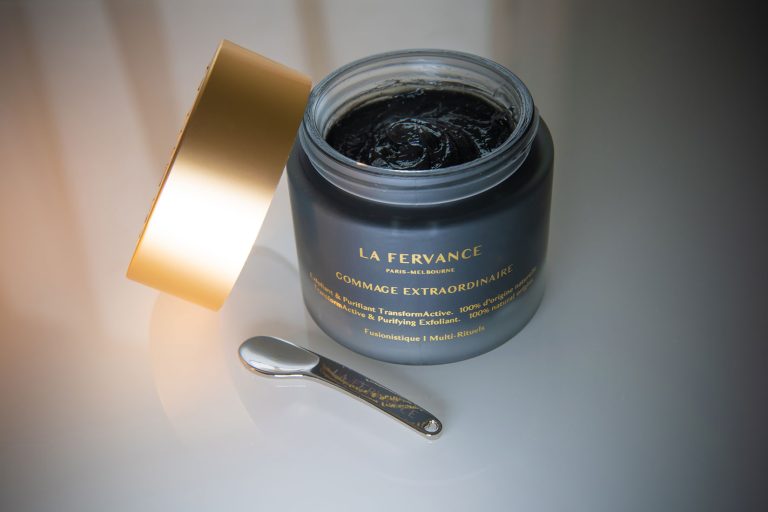
WHAT IS GOMMAGE
What is Gommage? Gommage, derived from the French word for “erase” or “rub off,” is a gentle exfoliation method that removes dead skin cells to
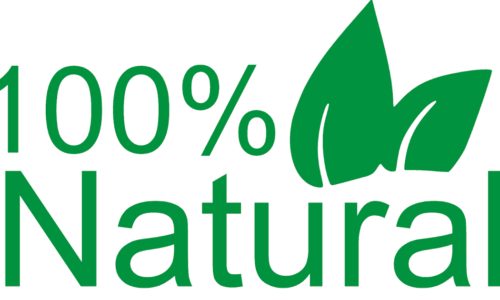
Skincare is an important part of your beauty routine – if not the most important. As our bodies’ largest organ, it’s important to use high quality beauty products to keep it looking and feeling its best. However, what many people don’t realise is that the beauty products we use to care for our skin can actually have nasty side effects – not only on our own health but the health of our planet too. Luckily, society is quickly embracing clean beauty, opting for sustainable products with natural, safe ingredients rather than those packed with potentially harmful chemicals.
However, being a relatively new industry, many people don’t know where to start when it comes to incorporating clean beauty into their daily routine. That’s why, in this week’s blog post, we’ll go over the most important aspects of the topic including:
Generally speaking, clean beauty products are those with ingredients that don’t contain any potentially harmful chemicals. In essence, it’s a mindful approach to beauty, ensuring it has as little negative impact on the environment and our own health as possible.
However, with so many beauty brands slapping labels on their products such as “green”, “eco-friendly” and “all-natural”, the guise of clean beauty is quickly becoming a marketing tactic rather than a genuine commitment to reducing environmental and health impacts. That’s why it’s so important to know what these different terms mean and how to tell if a beauty product truly is clean.
While all these terms may seem like they’re referring to the same thing, they actually all point to different aspects of sustainable beauty. For example, a beauty product may contain natural ingredients but they may not be organic.
Here’s a summary of what each term really means:
However, there is still some debate as to what each term really encompasses, and since there are no legal definitions or criteria yet, buying a clean beauty product isn’t as simple as having a quick glance at the packaging.
With clean beauty quickly becoming a trend, and with no regulatory body to ensure terms aren’t used misleadingly, it’s sometimes hard to distinguish which beauty brands are truly clean. Just because one ingredient in a product is technically “organic” or “natural”, it doesn’t mean that the product as a whole is clean.
That’s why the best way to decipher whether a product is clean or not is to carefully read the label. Beauty products containing questionable ingredients, especially ones that are potentially bad for your hormones, should be avoided. However, not all “chemical-sounding” ingredients are harmful. For instance, salicylic acid is derived from natural sources like willow trees and is perfectly safe to be used on your skin.
Unfortunately, many of the ingredients that should be avoided have long names that many be difficult to remember. That’s why we’ve created this complete list of ingredients to avoid if you want to adopt a clean beauty routine.
Scientific studies have found that the following ingredients may have negative side effects on your health.
Although these ingredients aren’t expressly dangerous, excessive use may cause unwanted side effects or may have negative social or environmental consequences.
Butylated Hydroxyanisole: This chemical agent may irritate the skin, cause hormonal imbalance or increase cancer risk.
Carmine: Also called cochineal, Natural Red 4 and crimson lake, this red pigment is found in colour cosmetics. The ingredient isn’t considered dangerous but should be duly noted when used in any personal care product.
Chemical Sunscreens: When it comes to sunscreens, natural minerals are your safest choice, such as titanium dioxide and zinc. Chemical alternatives are either not well documented or can lead to hormonal imbalance.
Microbeads and Glitter: Your ideal exfoliating agent should be microbead free. Go with natural exfoliants from pulp, seeds and coffee. Glitter derived from minerals such as Mica are also safer than synthetic ones.
Animal By-Products: These include fats, animal oils and musks. While some brands may claim 100% vegan products, it’s not uncommon to see animal by-products finding their way in the constituents.
Glycols: While propylene, polypropylene, butylenes and dipropylene glycol are not harmful, other glycols compounds like propylene glycol may cause skin irritation, and polyethylene glycol should be avoided.
Heavy Metals: Natural mineral pigments and synthetic colourants may contain trace amounts of heavy metals. They may not present immediate problems, but regular and extended use of cosmetics containing trace metals can be a threat in the long run.
EDTA: EDTA compounds may endanger aquatic life since they don’t break down naturally.
Ethanolamines: These include nitrosamines, which have been linked to cancer.
Cyclical Silicones: Cyclical silicone contains chemicals that may become toxic to the body, causing endocrine and reproductive dysfunction.
HDPE Plastic: If your product is packaged in a plastic container, go with PET 1 packaging, and not HDPE Plastic, since the former is more readily recyclable. Glass is always a better option.
Choosing clean beauty products isn’t only beneficial for your health, but for the environment, too. Products that are washed down the drain and into our water systems can have severe effects on the environment. That’s why, when choosing a beauty product, it’s best to go with not only clean beauty, but green, natural and organic too.
One of the best ways to ensure your products meet all the criteria without having to spend hours reading ingredient labels is by looking out for certifications such as the Butterfly Mark. These types of certifications are awarded to brands that meet strict criteria in terms of sustainability.
La Fervance is the first of its kind – a high-end luxury beauty brand that is not only clean, but environmentally and socially responsible too. Made of ingredients with 100% natural origins that are sustainably and ethically sourced, La Fervance meets every clean beauty standard, which is why we were awarded the Butterfly Mark, too.
Jamie Arnold and Melissa Obeid Co-founders of La Fervance – learn about our journey here – https://lafervance.com/about-us/

What is Gommage? Gommage, derived from the French word for “erase” or “rub off,” is a gentle exfoliation method that removes dead skin cells to
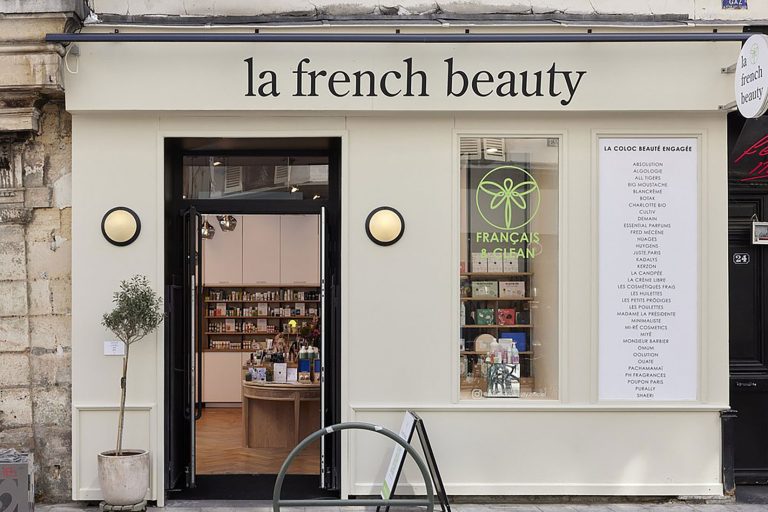
French skincare is a global benchmark for beauty, celebrated for its effortless elegance and focus on natural, radiant skin. Rooted in a philosophy that prioritizes


















login ~login ~login ~login ~login ~login ~login ~login ~login ~login ~login ~
search ~ search ~ search ~ search ~ search ~ search ~ search ~ search ~ search ~ search ~ search ~ search ~ search ~ search ~ search ~ search